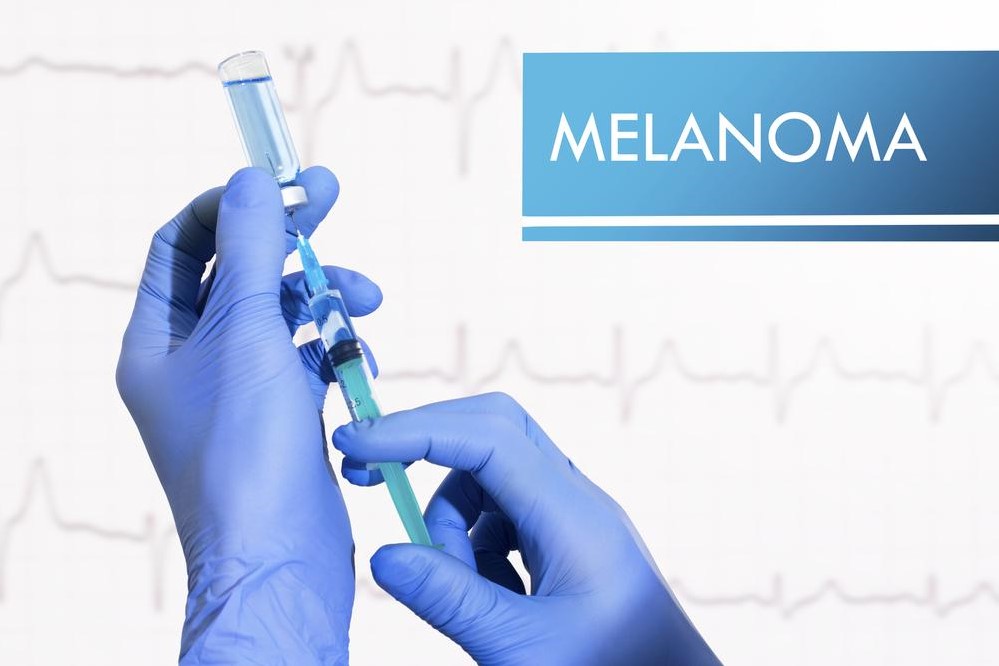6 Common Risk Factors for Melanoma
Melanoma may not be considered the most prevalent type of skin cancer, however, this skin cancer does claim the most skin cancer-related fatalities. And the American Cancer Association (ACA) says melanoma cases are increasing with approximately 87,000 new melanoma cases reported yearly.
Health experts report that a combination of factors contributes to an individual’s risk factor for developing melanoma, including…
Skin, hair, and eye color
Perhaps it’s an obvious statement to make:

Geography
According to reports from the Department of Health and Aging in Australia, skin cancer rates are highest in Aussieland and New Zealand for a good reason. This geographical population lives the closest to the equator and so suffer the most UV ray exposure and damage compared to the rest of the world.
Abnormal skin markings
Do you have a lot of moles? If you do your risk for melanoma may be greatly increased due to the many markings on your skin. But don’t panic, most moles are non-cancerous. However, doctors suggest that if you have 50 or more moles, you may have a higher risk of melanoma due to the way your melanocyte cells cluster, which can cause the appearance of moles more than 6-millimetres in size, as well as moles with abnormal size, shape, color, and texture.
Low immunity
The Canadian Cancer Society notes that individuals with compromised—due to an existing disease (i.e., HIV), patients undergoing radiation (or taking immune-suppressing drugs), or a recent surgery are considered at increased risk for melanoma skin cancer.
Heredity
Your family history can affect your proclivity of developing certain diseases, including melanoma. In fact, scientists have identified a specific mutation of the CDKN2A gene that’s responsible for certain familial malignant melanomas. This inherited gene mutation is found in approximately 25-percent of families and means you should be extra concerned about melanoma.
Tanners and sunbathers
Worshipping the sun or tanning under ultraviolet (or UV) light…it doesn’t matter. Both of these habits increase the risk of melanoma. In fact, the Mayo Clinic notes that frequent use of tanning beds, sunlamps, or going out into the high sun unprotected skin can result in increased melanoma risk.











